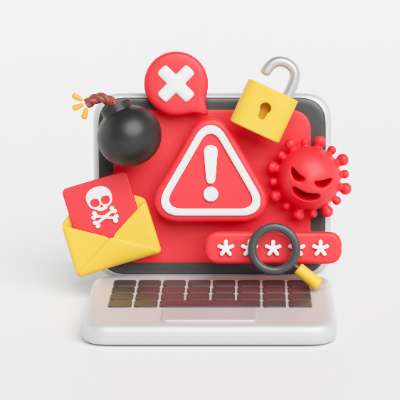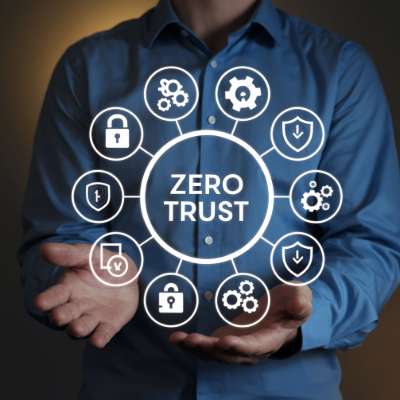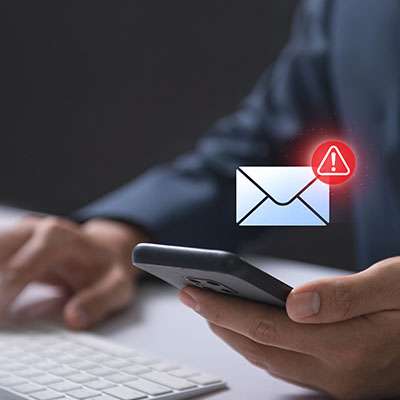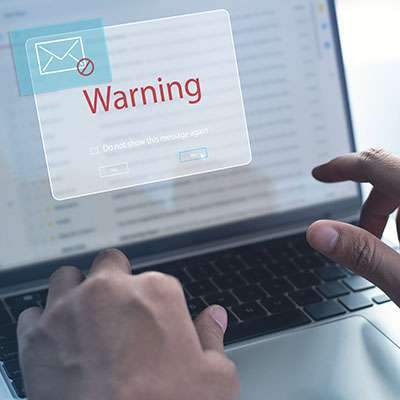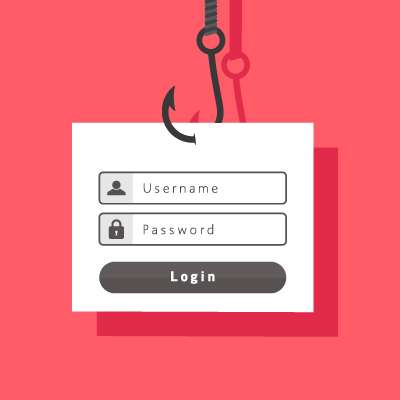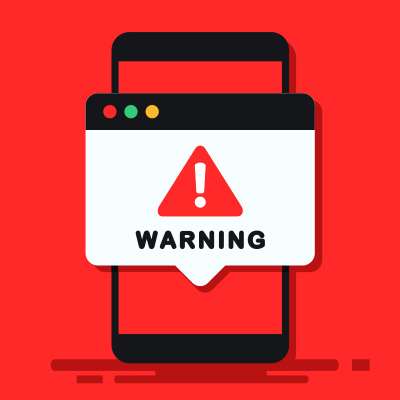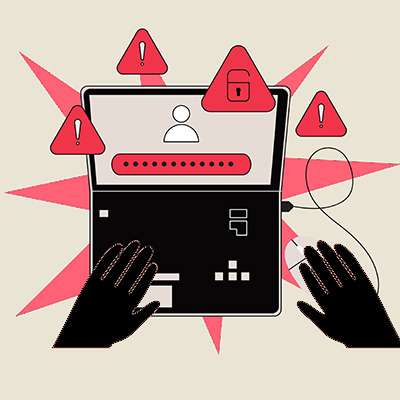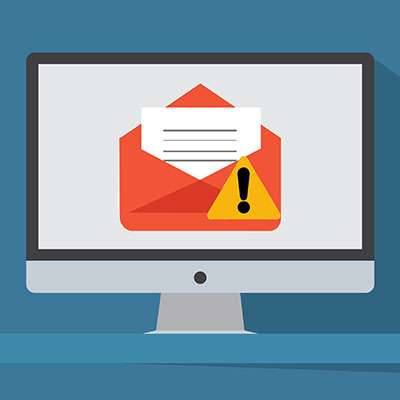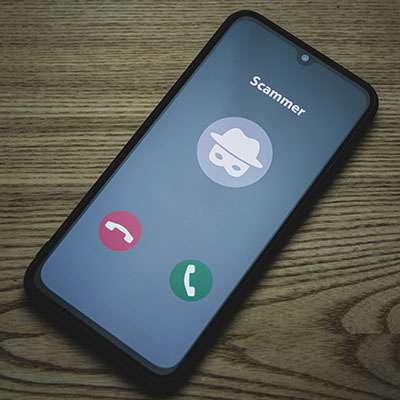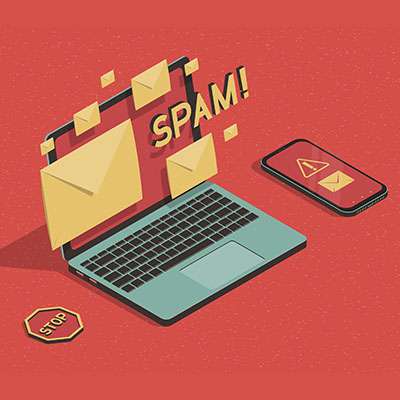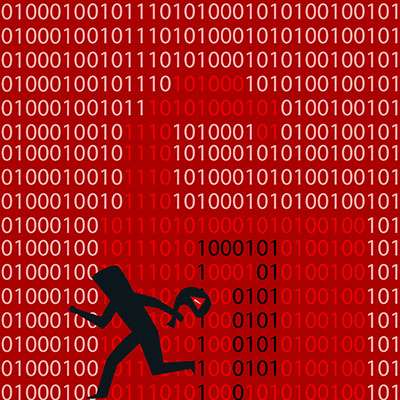The constant talk about cybersecurity can really be overwhelming. While some Internet tales may be exaggerated, the reality is that these cybersecurity risks are a serious concern for every organization. Is your business truly prepared to confront the sophisticated digital adversaries of our time? Listed below is a look at three prevalent cyberthreats that could inflict significant damage on a business, and what you can do to keep them from negatively impacting yours.
Macro Systems Blog
We're all busy. Whether you're steering the ship or making sure the daily operations run smoothly, cybersecurity might feel like another drain on your time. Imagine a day when everything grinds to a halt, trust evaporates, or significant money vanishes into thin air. These aren't abstract fears, they are all-too-real consequences of cybersecurity oversights, creating moments that everyone in a business, from top to bottom, desperately wants to avoid… and can.
The world of cybersecurity is in constant flux, demanding that businesses continually reassess their defensive strategies. A traditional focus solely on preventing breaches, while crucial, is proving insufficient in the face of sophisticated and persistent threats. As highlighted in a recent Illumio podcast episode, "Trust & Resilience: The New Frontlines of Cybersecurity," the very foundation of digital interaction—trust—has ironically become a primary vulnerability exploited by attackers. This necessitates a fundamental shift in perspective.
You open your email and you have a message claiming your bank account has been hacked. You click the link, log in, and, whoops, you just handed your credentials to a cybercriminal. You’ve been a victim of phishing, where scammers bait you with fake messages and reel you in like an unsuspecting fish. You don’t have to be their next catch. Listed below: how to recognize and fight back against phishing attempts.
Does it feel like scammers are everywhere? That's because they are. Every day they’re scheming up new ways to trick people into giving up money, data, or access to their accounts. One of the biggest problems we run into is that we’re bombarded with so many scam warnings that we start tuning them out. That’s called threat fatigue, the phenomenon when you get so tired of hearing about security risks that you stop paying attention, which is exactly scammers want.
Phishing is the most common way hackers trick you, so to speak, but have you ever wondered why it’s so effective? Listed below is a list of the reasons why phishing schemes are so enticing to even the most security-conscious individuals out there. You might be surprised to know that even security professionals can fall prey to these types of attacks, and for very good reasons.
Did you know that phishing is the most common security risk to your business? Any of your employees could become the target of a phishing attack, and all it would take is downloading the wrong file or clicking on the wrong link to expose your organization to security threats. Listed below is a refresher on the throwaway signs of a phishing attack and how to protect yourself and your team from harm.
Phishing is one of the most prevalent issues individuals and businesses must confront when operating online. This is because there are literally billions of these scam attempts sent each day. That’s right, billions. With over a hundred billion scam attempts sent every year, your business is already getting phished, it’s just a matter of time before someone falls for it.
The constant fear of falling victim to scams has become a harsh reality and is far from ideal. That being said, the good news is that there is always time to acquire the skills needed to avoid such scams. Listed below are ways to enhance awareness regarding the challenges posed by scams, not only in a business context but also in everyday life.
We talk about phishing often here, and one method that usually flies under the radar is smishing, or phishing that is conducted via SMS messages. Although email phishing is perhaps the most common method of conducting these scams, you should also be prepared to take on smishing, as it comes with its own share of unique challenges and dangers.
Scams are everywhere in our highly digitized world, which makes it especially imperative that everyone is prepared to deal with them—both personally and professionally. The publication Consumer Reports’ cover feature for its August 2023 edition is dedicated to exactly this goal: helping its readers avoid the various scams and threats out there. Listed below is some of the advice shared in the article, and compare it to the best practices we recommend.
Amazon Prime subscribers recently received an email from the online marketplace warning them of the prevalence of scams that took advantage of their offerings and brand recognition. Listed below is the advice that this email shared, and how it compares to the best practices we recommend for avoiding scams.
AI, also known as artificial intelligence, has been a trending topic lately, with it seemingly being used for any purpose you can imagine nowadays. Alas, this has also included cybercrime.
That being said, just as AI can be a weapon for cybercriminals to utilize, it can also be a shield to help protect your business from threats. For instance, in phishing prevention.
Phishing attacks have been prominent in cybercrime the past few years, not only due to their efficacy but also because there are so many avenues wherein phishing can be attempted. The first that comes to mind is email, naturally, but you and your team need to keep these others in mind.
Take, for example, a phishing voicemail…dubbed, naturally, a “phoicemail.”
I’m talking about when the heir to the Nigerian throne would reach out to your Gmail account to help him secure his inheritance, or when an attractive woman or man you’ve never met before would email you out of nowhere asking if you were single; spam has always been annoying, but back then, it was clearly just junk that could be ignored.
These days it’s not so simple.
Say you’ve been infected by a ransomware attack, and (against our advice) you’ve elected to pay the ransom. That’s the biggest cost that comes with it, right?
Alas, wrong. A ransomware attack comes with a lot more financial impact than just the payment the attacker demands. Listed below are some of these other costs that can actually outpace that of the ransom.

